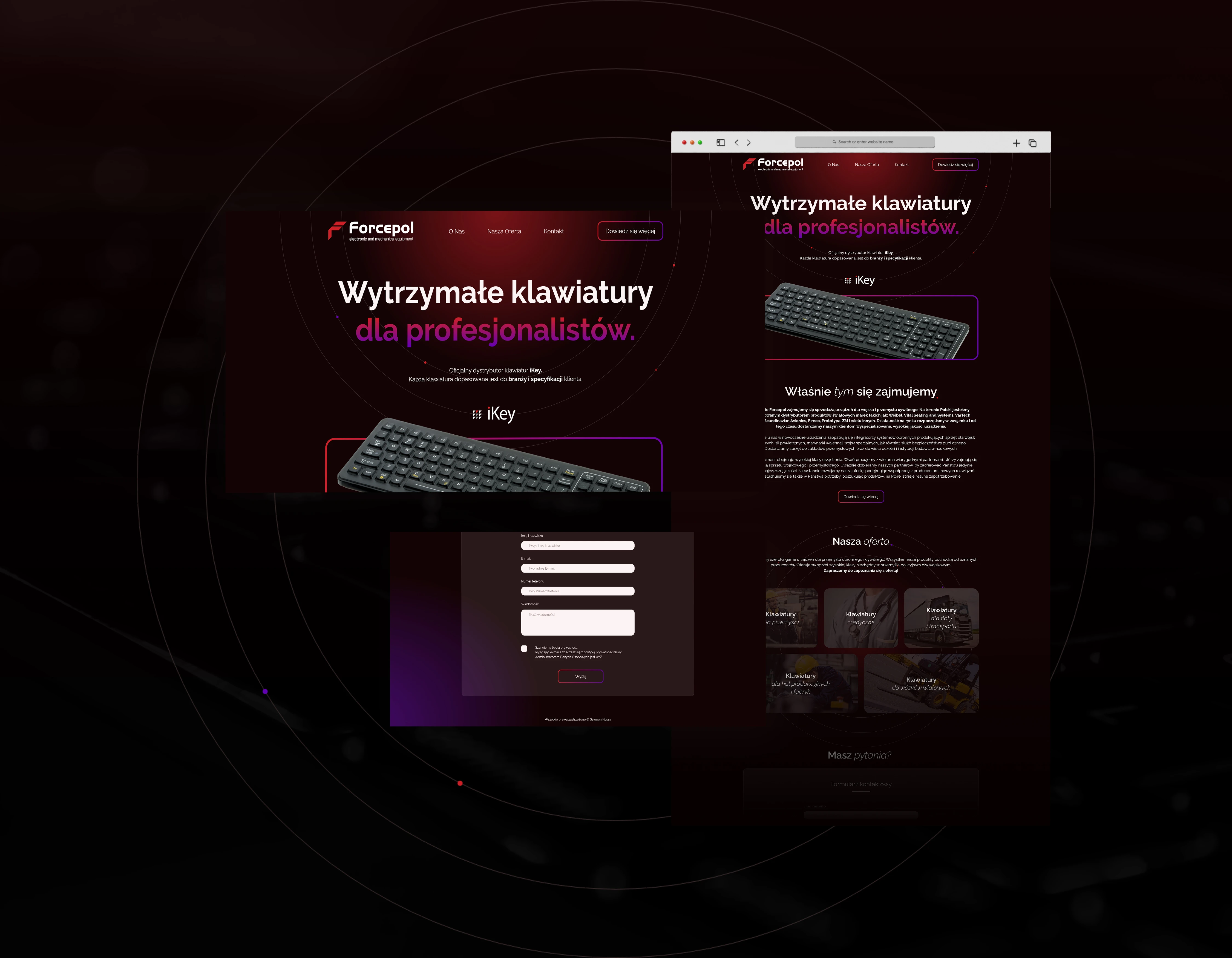DATE
2/01/2025
Bringing internal clarity to creative chaos with an AI-powered tool.
A web-based AI-powered tool that helps internal teams generate content with ease, consistency, and confidence.
Web App
Dashboard
My role
Timeframe
Tools
Deliverables
Turning scattered thoughts into structured stories.
Flow is an AI-powered tool designed for internal marketing teams. Built to support content creators like copywriters and social media specialists, it helps transform loose ideas into clear, engaging copy - from social posts to blog articles. With a streamlined interface and smart suggestions, Flow brings consistency and speed to everyday content creation.
What were the
GOALS?
• Building an internal tool that reduces time spent on repetitive content creation tasks and increases team efficiency.
• Supporting brand consistency across all communication channels by centralizing tone, style, and structure guidelines.
• Empowering non-technical team members to confidently use AI in their workflows - without relying on external tools or advanced prompts.
• Reducing costs by limiting the need for external copywriting support and cutting down on time-consuming revisions.
Project background: statistics, trends, and key points.
As the demand for content continues to rise, marketing agencies face increasing pressure to deliver faster, more tailored messaging across multiple channels. At the same time, generative AI tools are becoming more accessible, but often too generic, inconsistent, or disconnected from internal brand language. Agencies like the one I've worked with needed a solution that could streamline content creation while maintaining high quality, strategic alignment, and brand coherence.
What were the
FACTS?
• Copywriters and content teams often lose hours switching between briefs, documents, tools, and feedback loops.
• While AI tools like ChatGPT are widely known, they lack context, brand consistency, and usability for internal team workflows.
• Agencies face rising operational costs and are under pressure to scale without inflating headcount. Streamlined content production has become both a creative and financial necessity.
User Research
Through informal interviews, we learned that most copywriters spend too much time switching between briefs, brainstorming ideas, and validating tone or structure - leading to creative fatigue and delays.
Requirements
The tool needed to assist in generating initial content ideas, and drafts based on brief input, while staying aligned with brand voice. AI integration and minimal onboarding were key.
Assumptions
We assumed that internal users would prioritize ease of use over granular control - and that speed, clarity, and tone-matching would matter more than multi-layered feature sets.
Prototypes
Early low-fidelity wireframes focused on simplifying the workflow: from brief to AI-generated draft in few clicks. We emphasized modular components to accommodate future use cases.
Analysis & Iteration
Initial feedback showed users preferred fewer inputs and clearer prompts. We refined onboarding, integrated example templates, and added version history to ease experimentation without risk.
How to write faster without sounding like a robot? ✍️
What were the
CHALLENGES?
• Designing a tool that enhances creativity without replacing the human voice.
• Creating a streamlined interface that guides even non-technical users through AI-powered content generation.
• Ensuring copy stays on-brand and context-aware.
Designing with people in mind, not machines.
The objective was to create a simple interface that doesn't feel like a content factory. We prioritized a layout that inspires confidence and encourages flow: clean typography, distraction-free workspace, and contextual prompts that support ideation instead of replacing it.
Solution – empower, don’t overwhelm.
Flow was created for busy content teams, not for tech-nerds. That’s why the interface had to feel intuitive, light, and focused. We chose a modern sans-serif typeface, soft visual contrasts, and a modular layout that organizes AI suggestions and content blocks without overwhelming the user. The information architecture was shaped around real user needs and questions like: “Where do I start?”, “How do I expand this?”, “How do I stay on brand?”. Instead of cramming all features into one screen, we designed a clear flow that guides users step-by-step from brief to outline to finished draft.
What about the
DESIGN?
Since the target users are owners of small online stores, the interface had to feel friendly and non-technical. We opted for a clean sans-serif typeface, soft visual contrasts, and a card-based layout that organizes key insights without clutter. The information architecture was built around real user questions, ensuring that users always know what they’re looking at and why it matters. Instead of squeezing everything onto the main view, we introduced a logical flow that guides users step by step - from overview to deeper insight - encouraging exploration without confusion.
Designing tools that fit the way creatives actually work.
Flow was built to streamline the content creation process without replacing the human touch. Through smart structure, approachable visuals, and helpful AI embedded in the right moments, the tool became a genuine support system for internal teams. The product didn’t just resonate with its users — it now functions as a core part of company's internal content workflow.
















